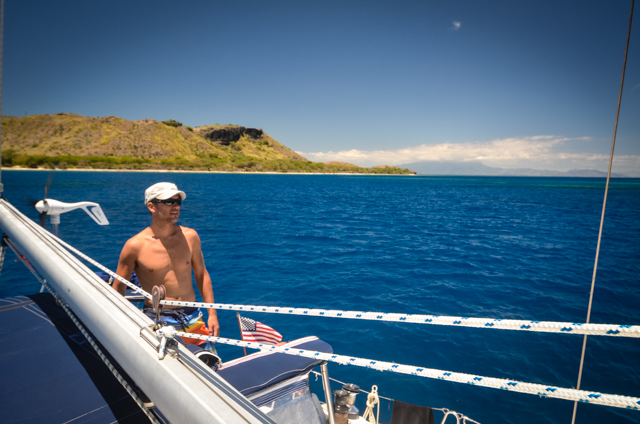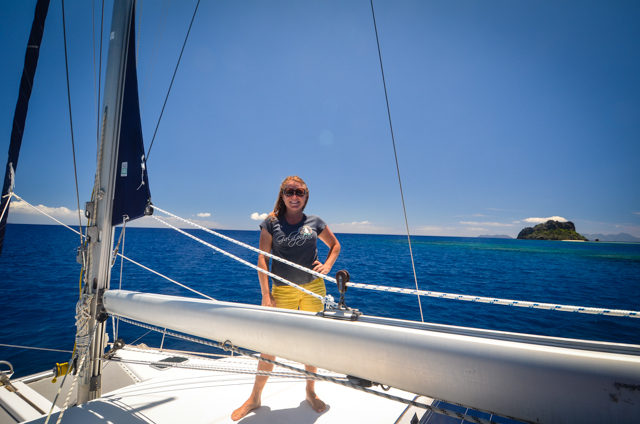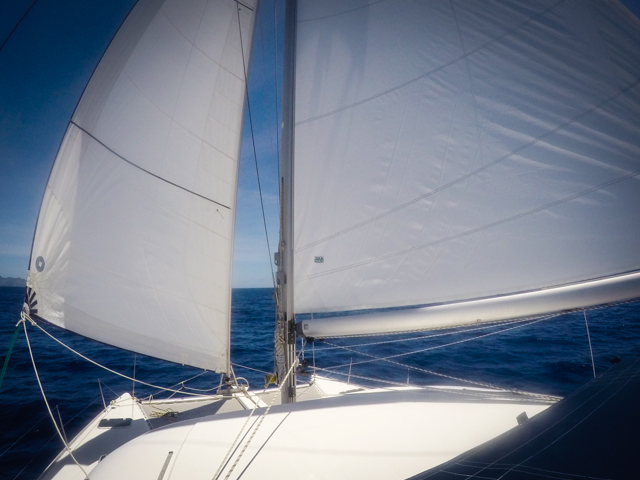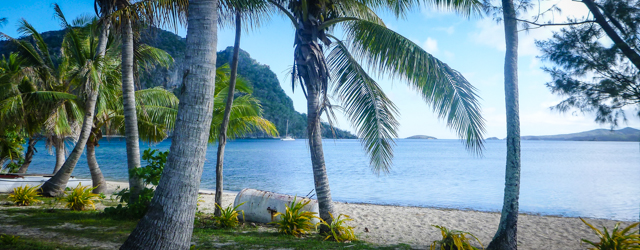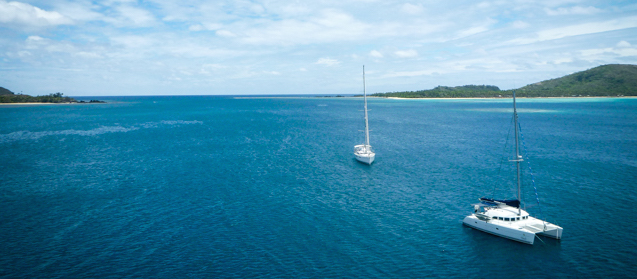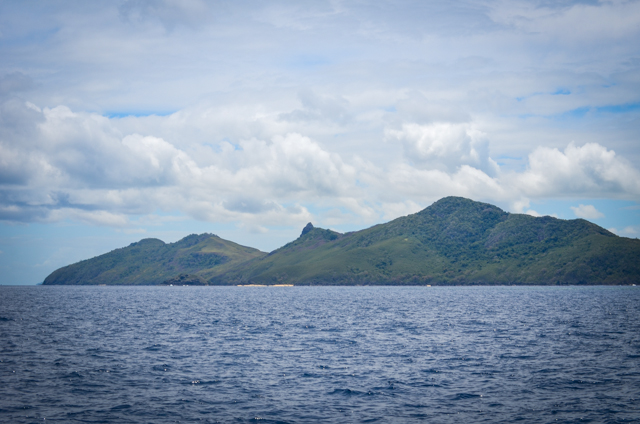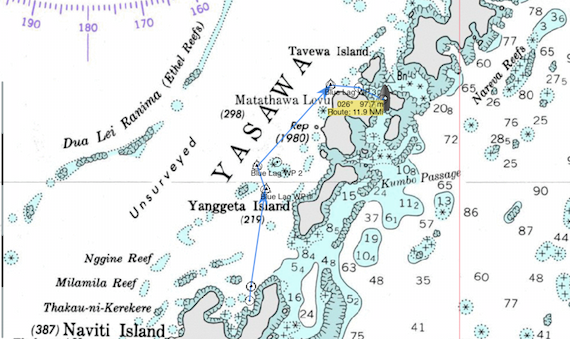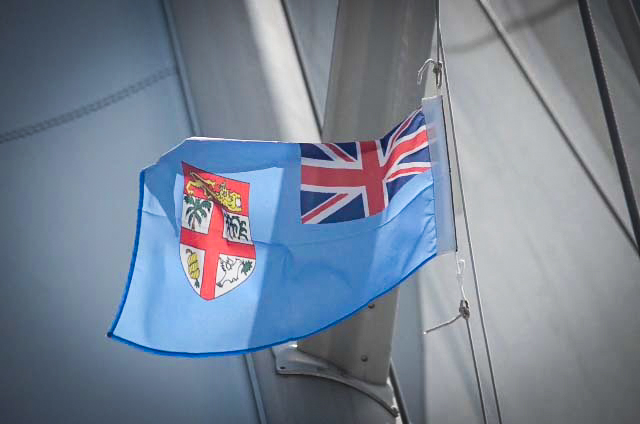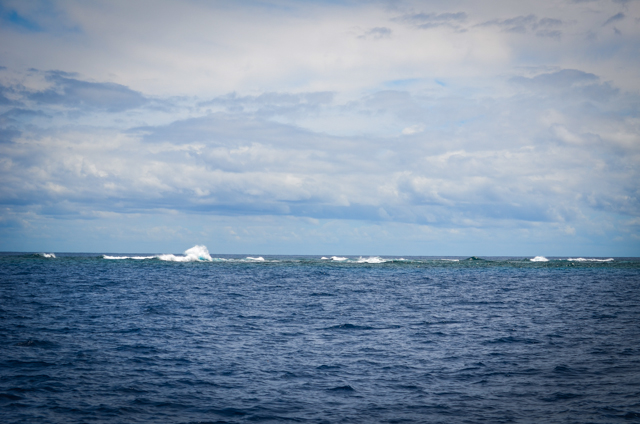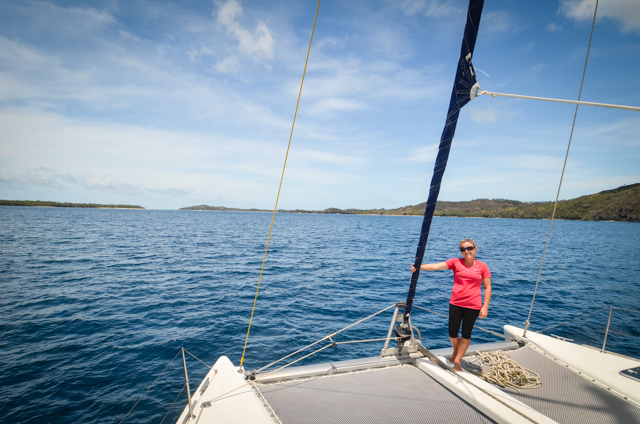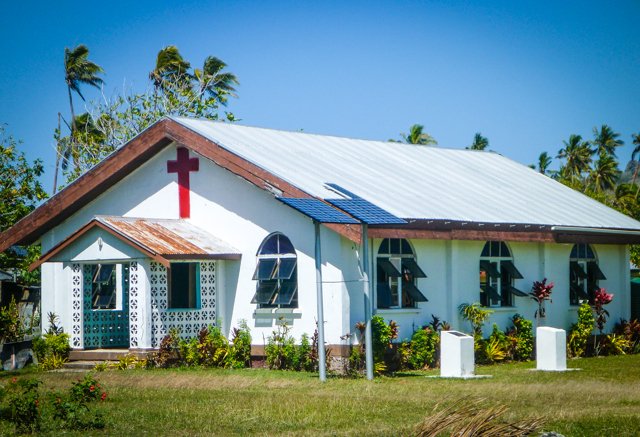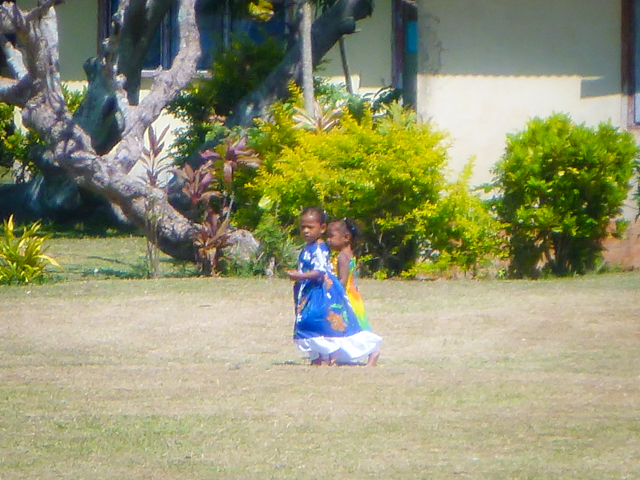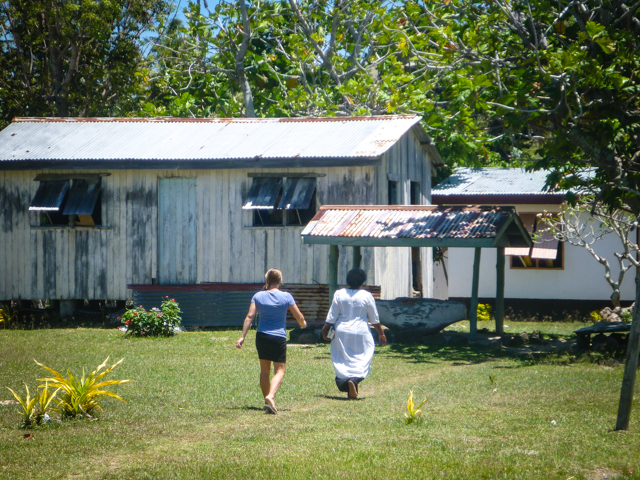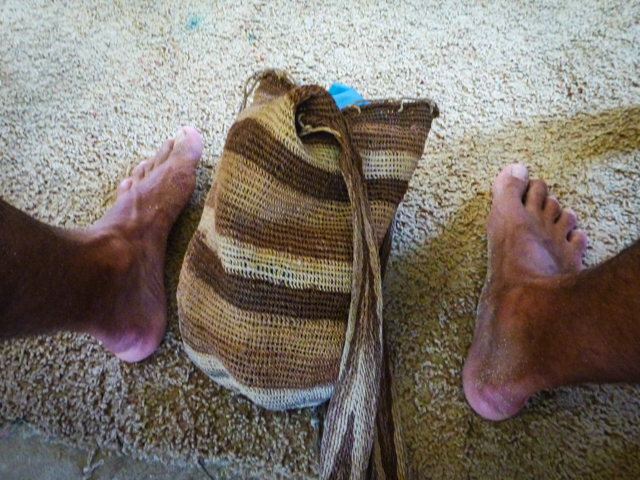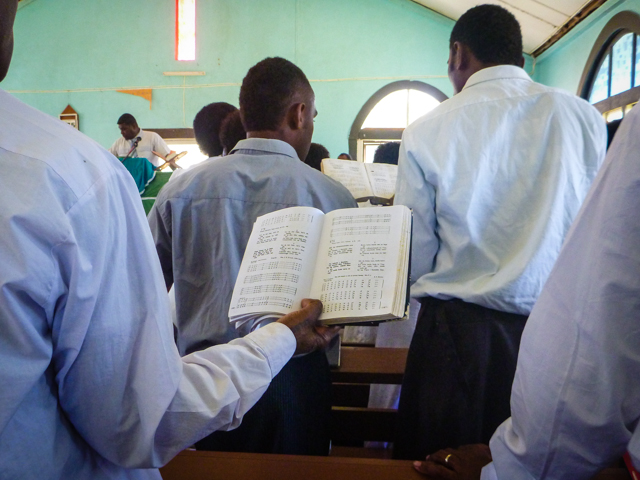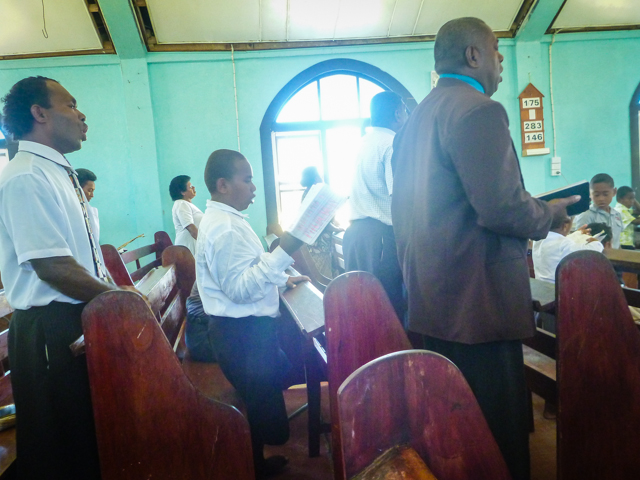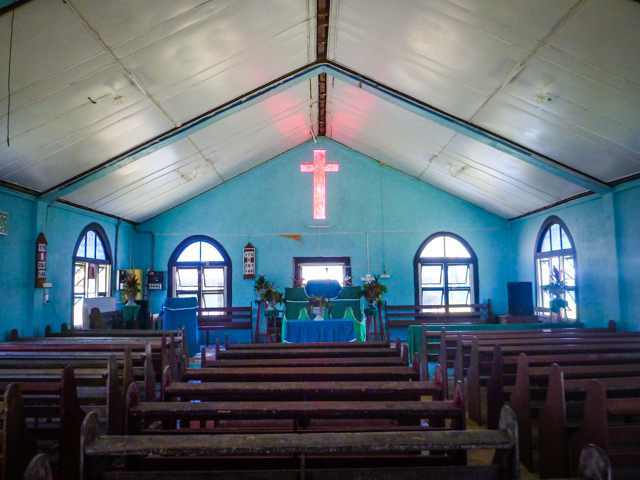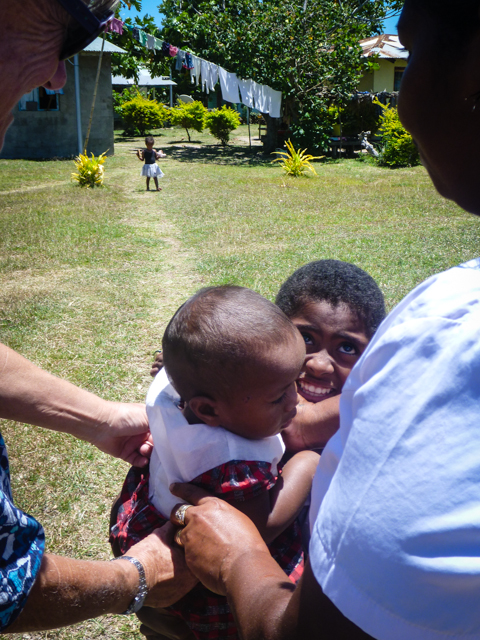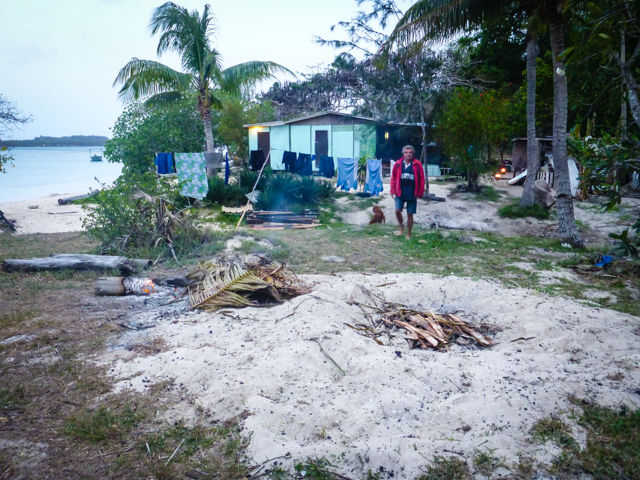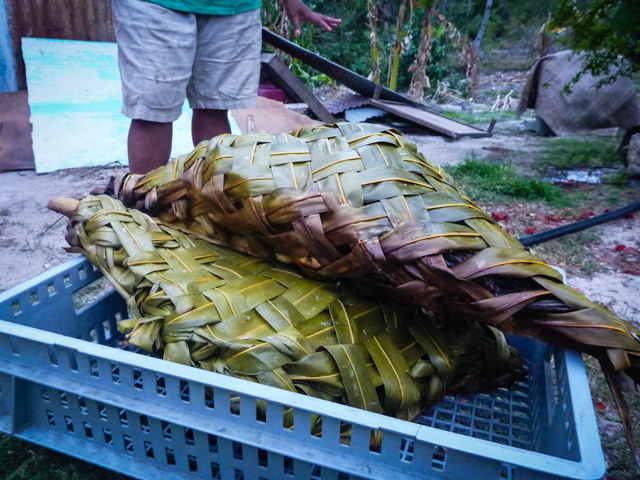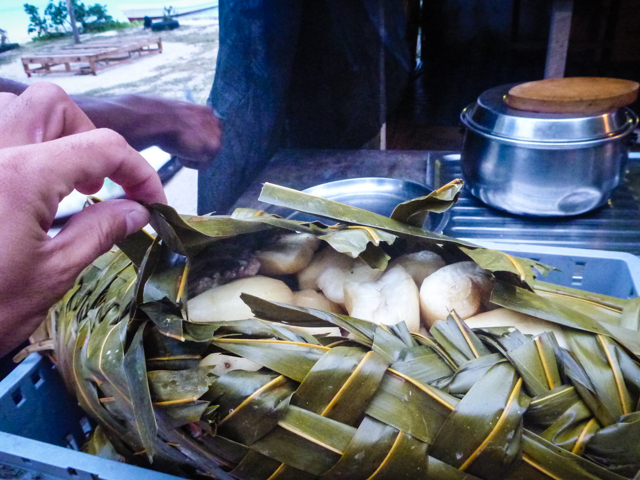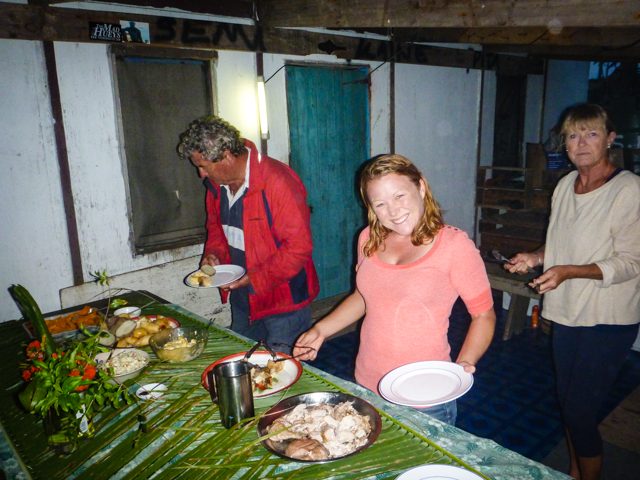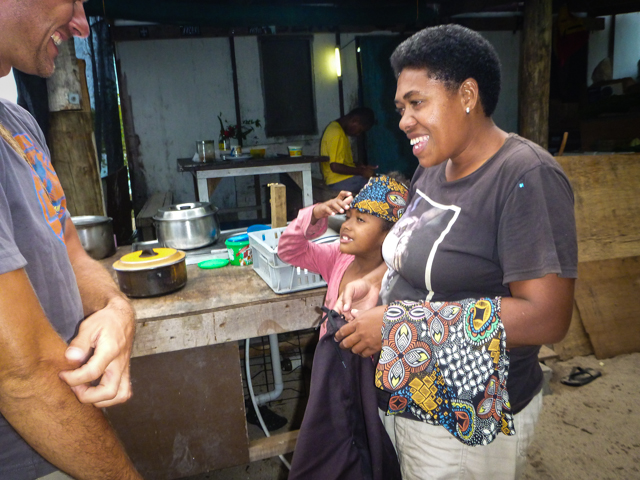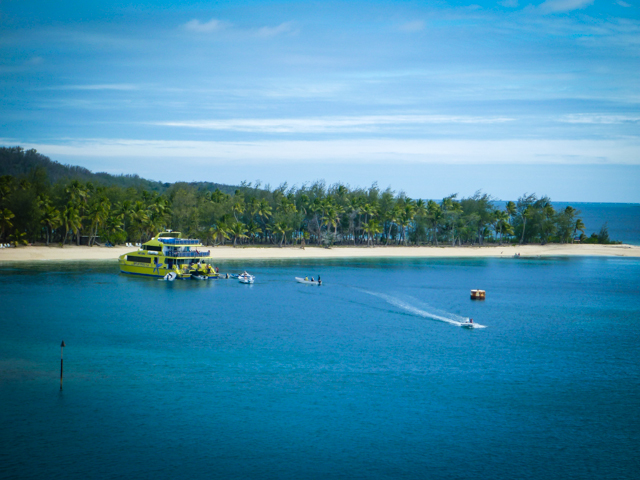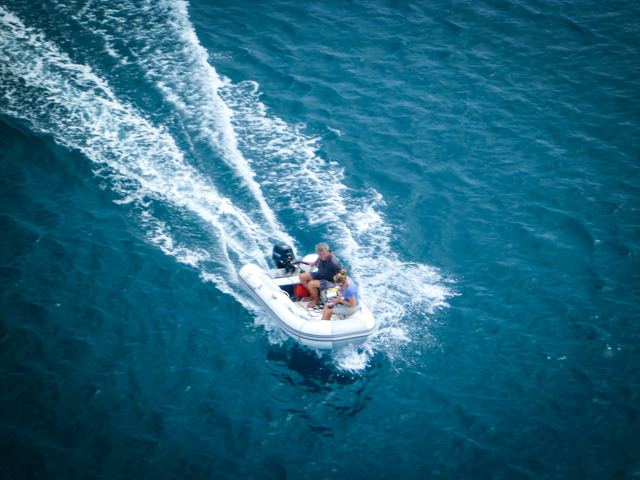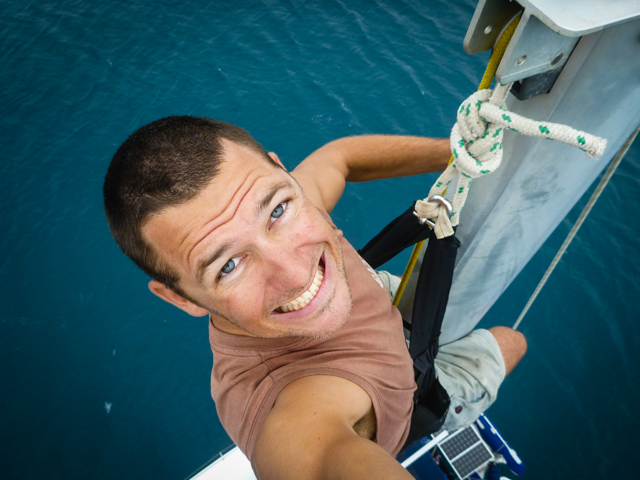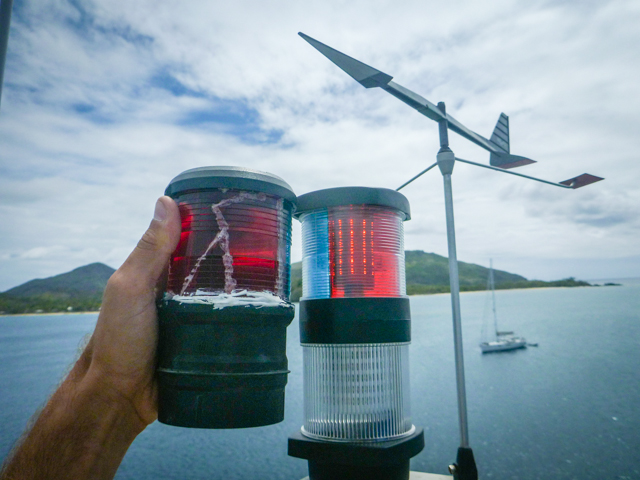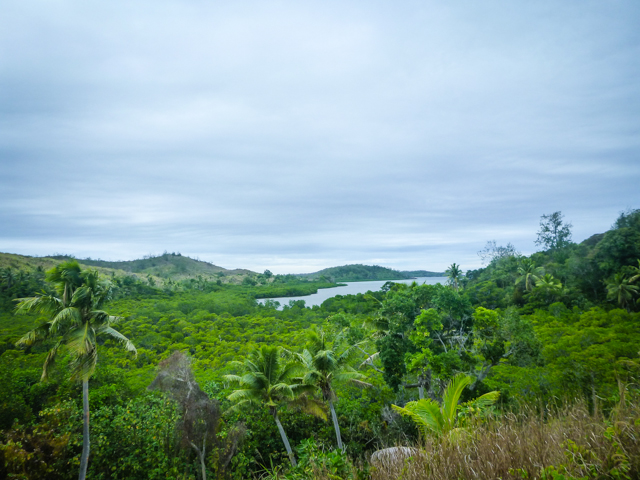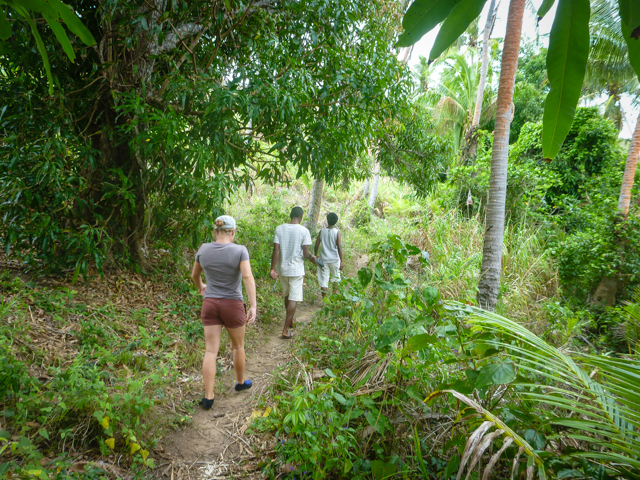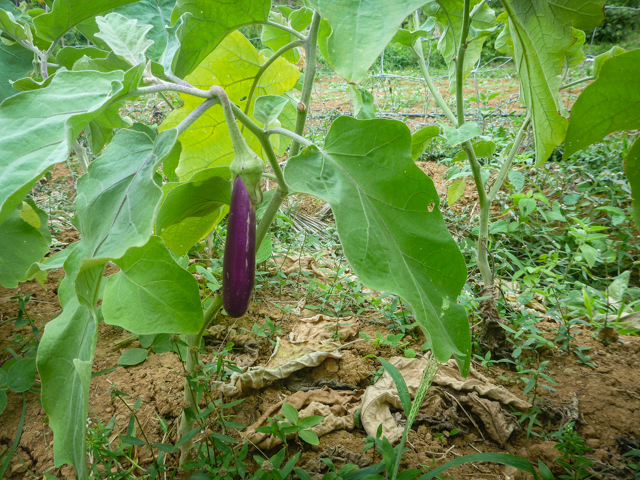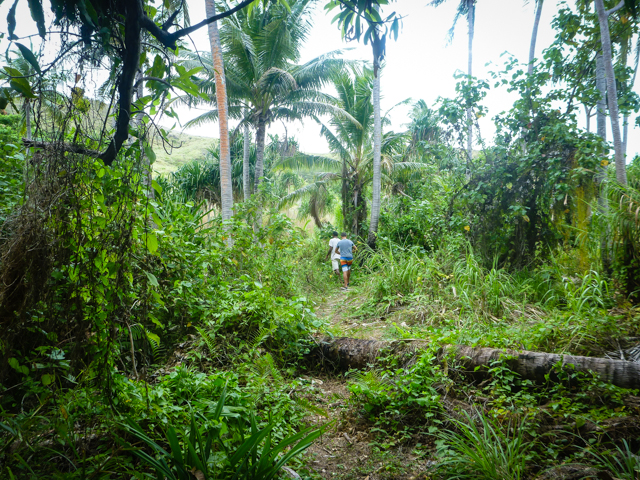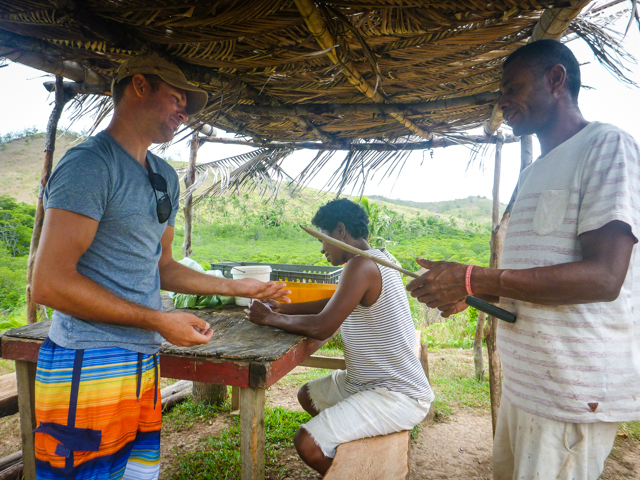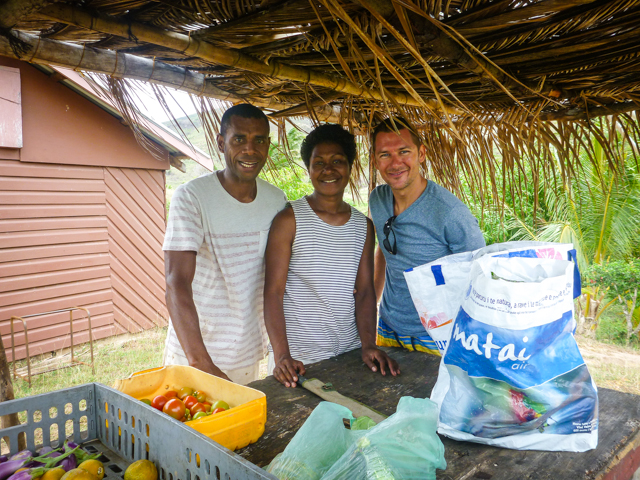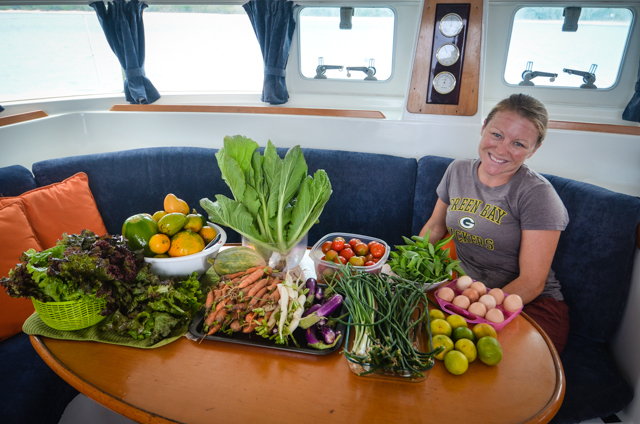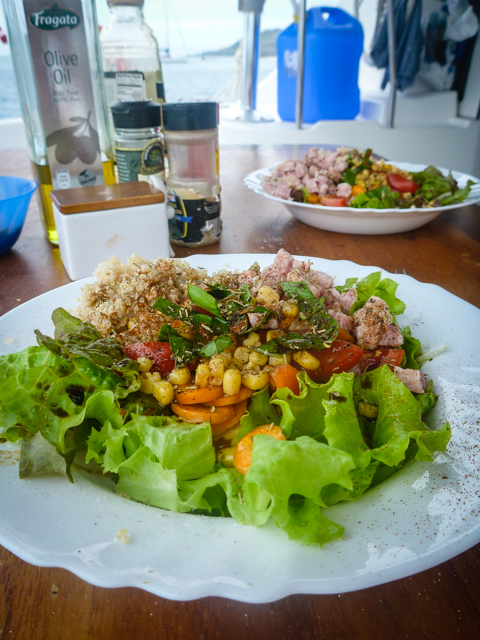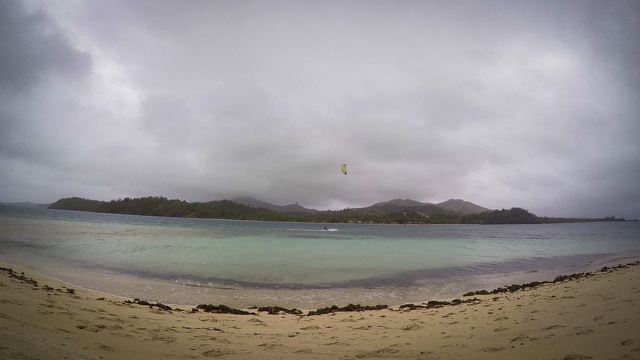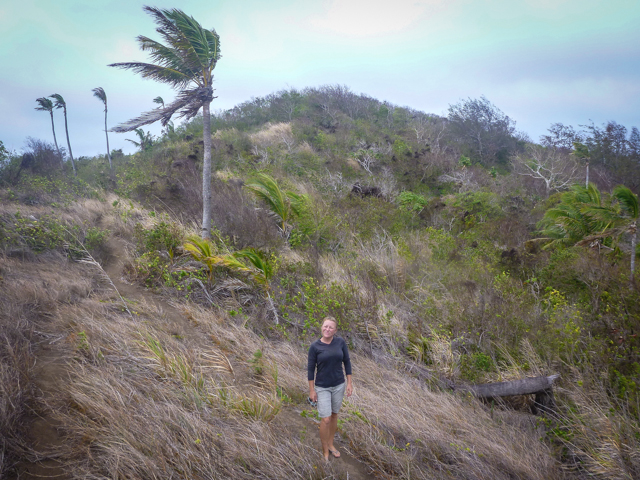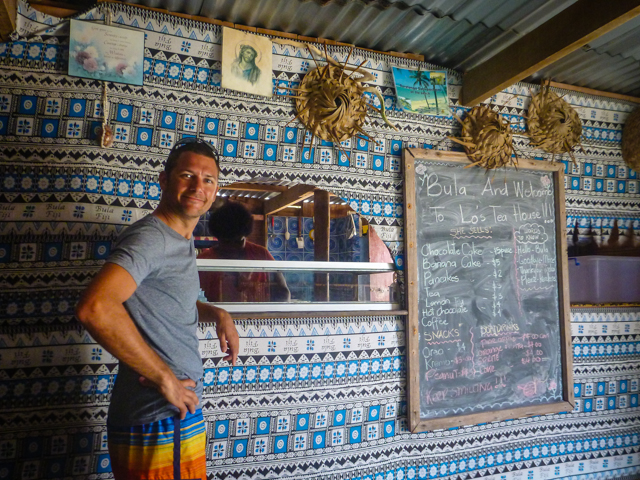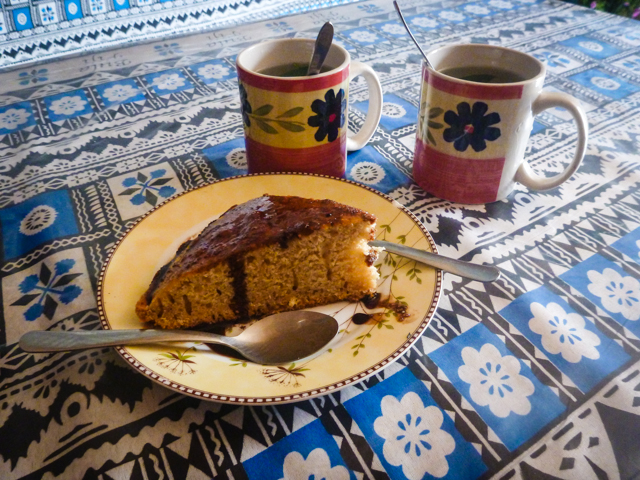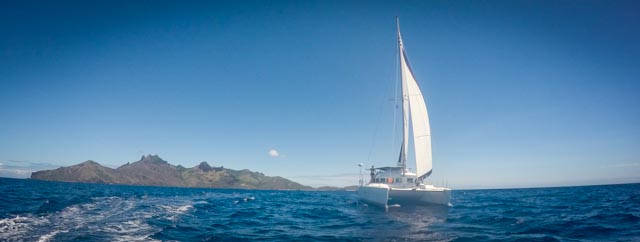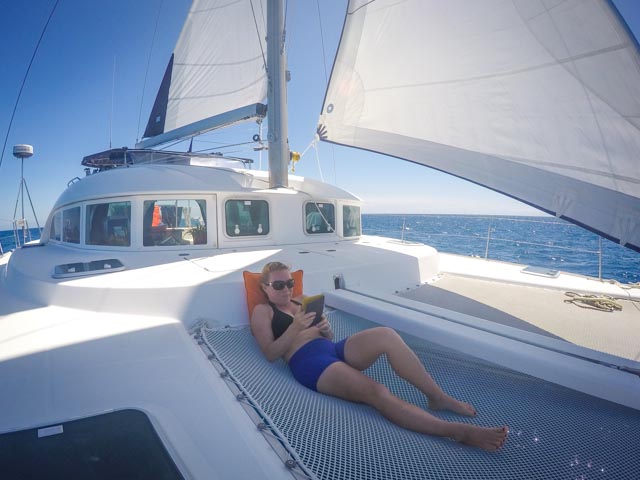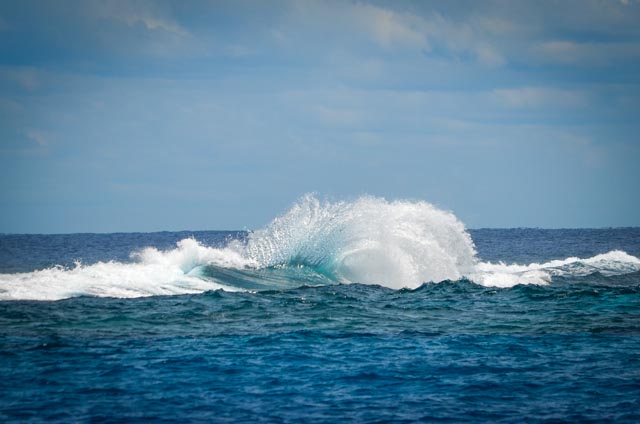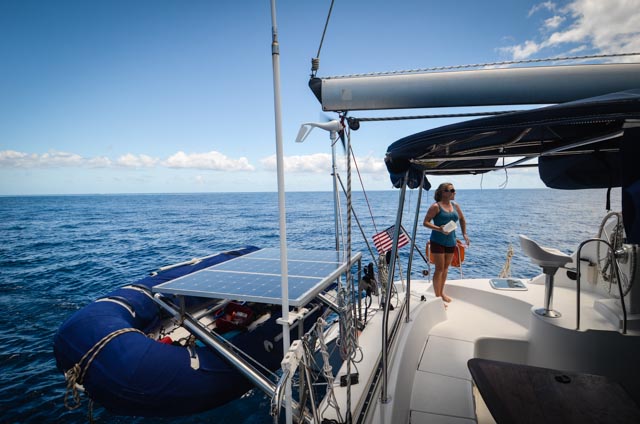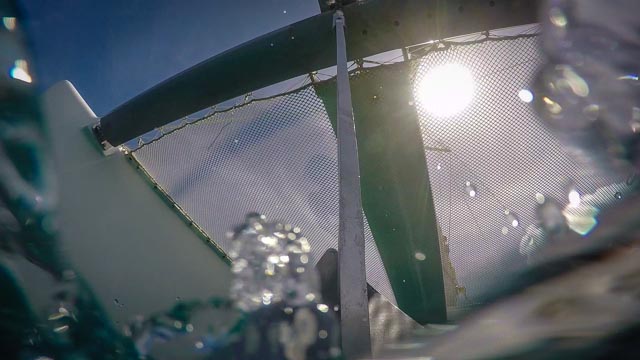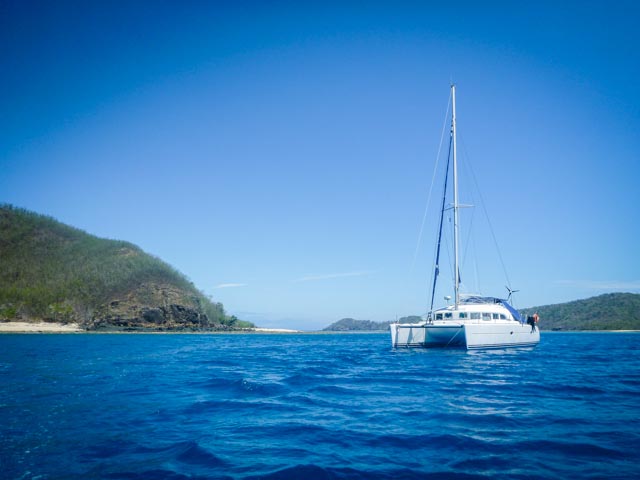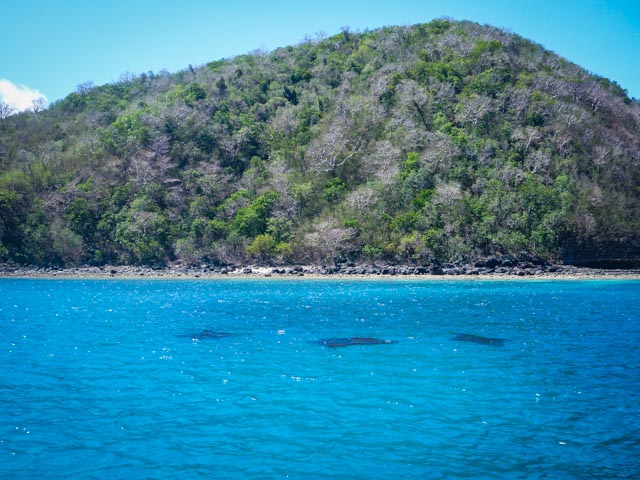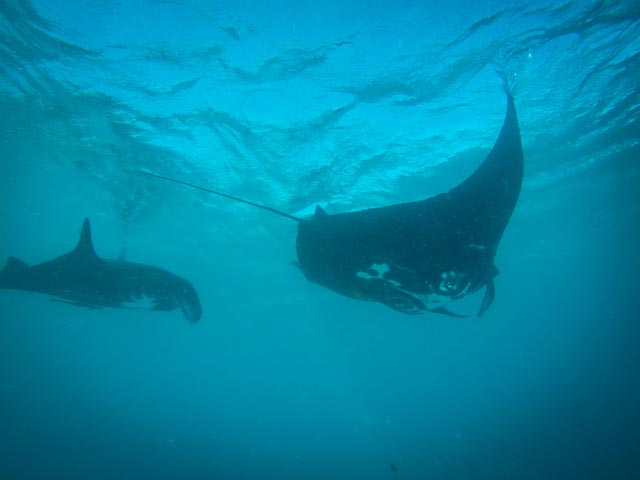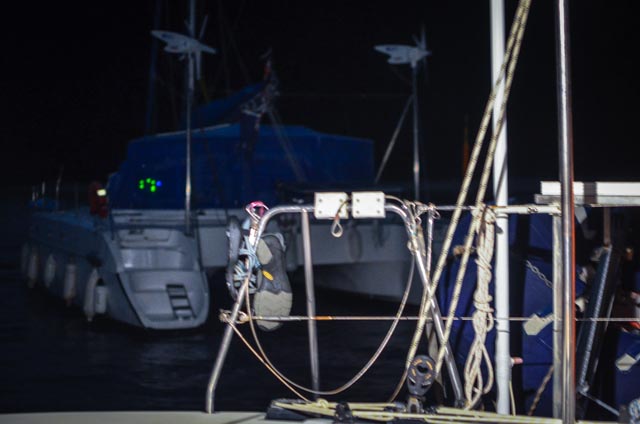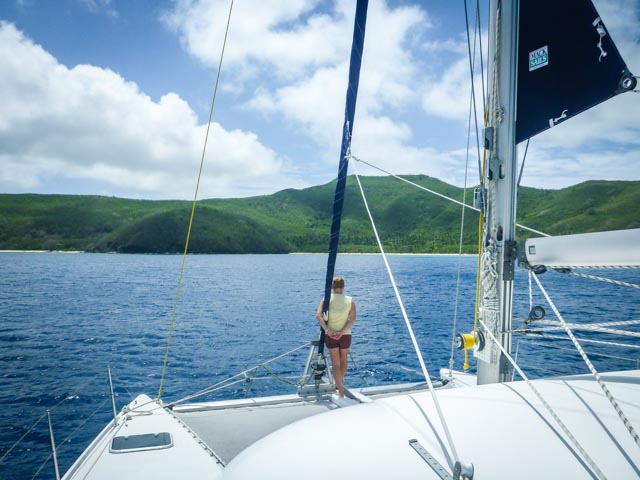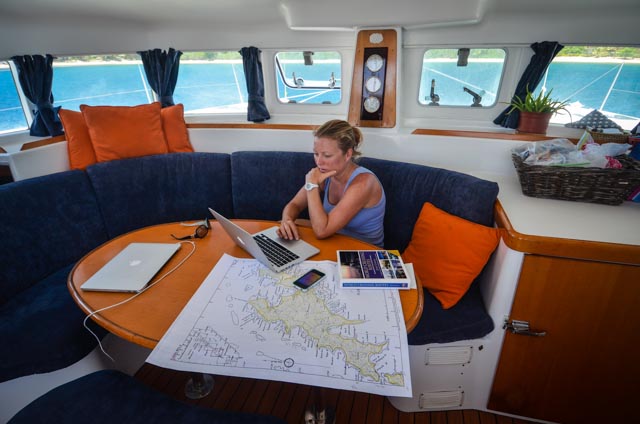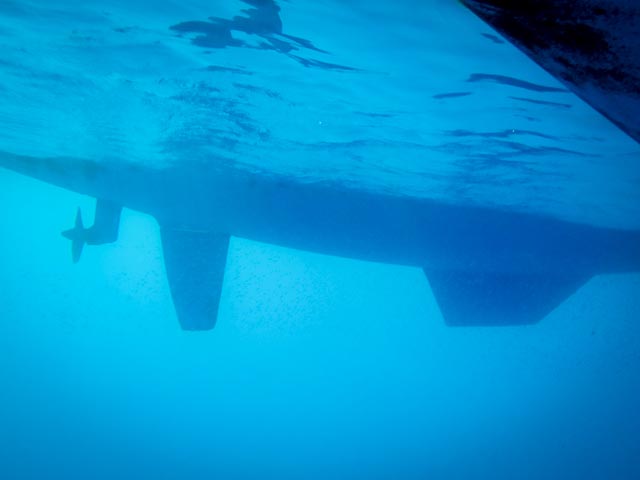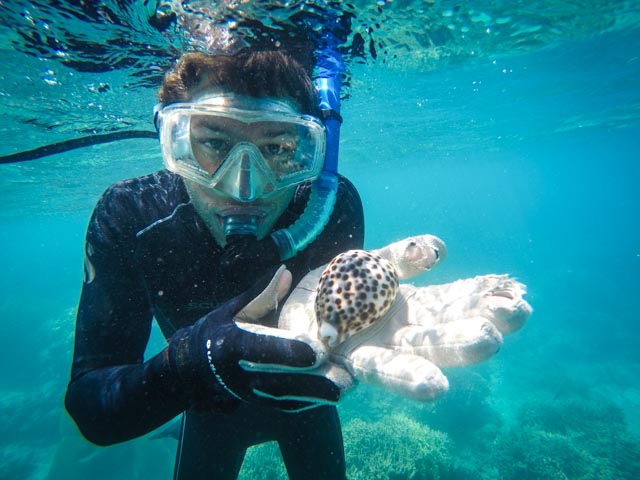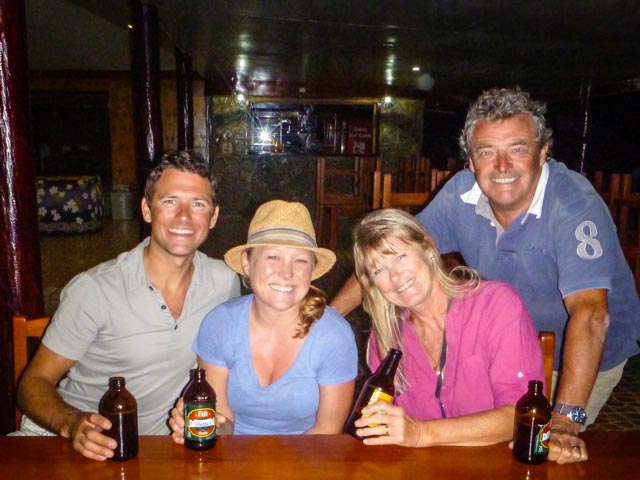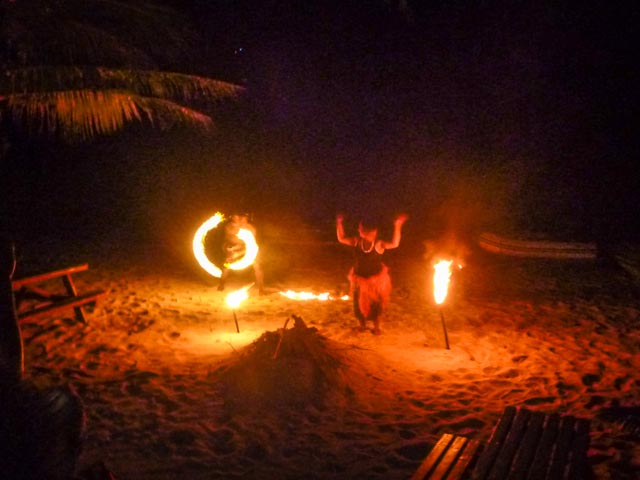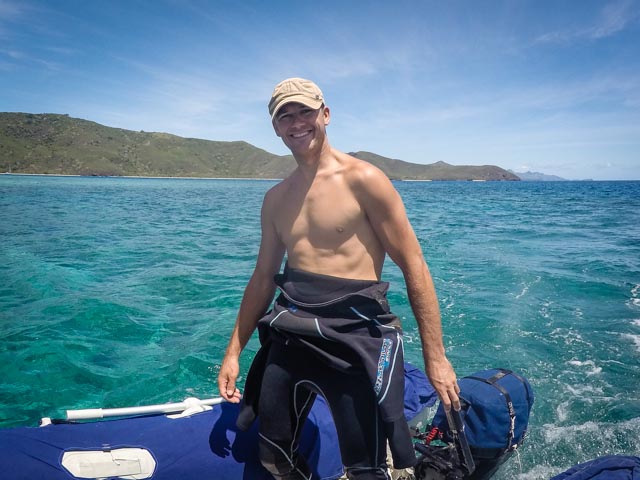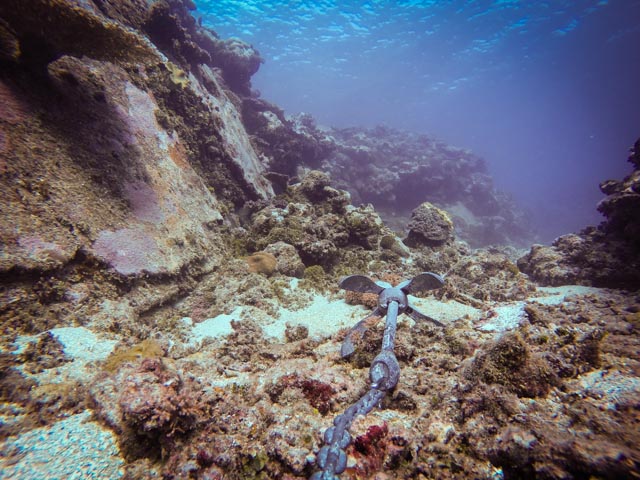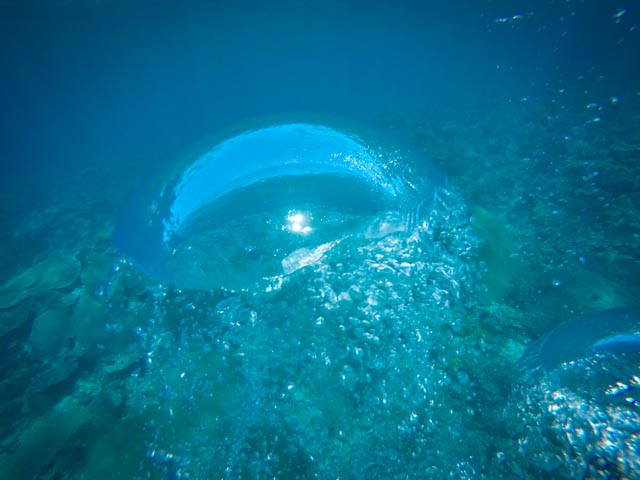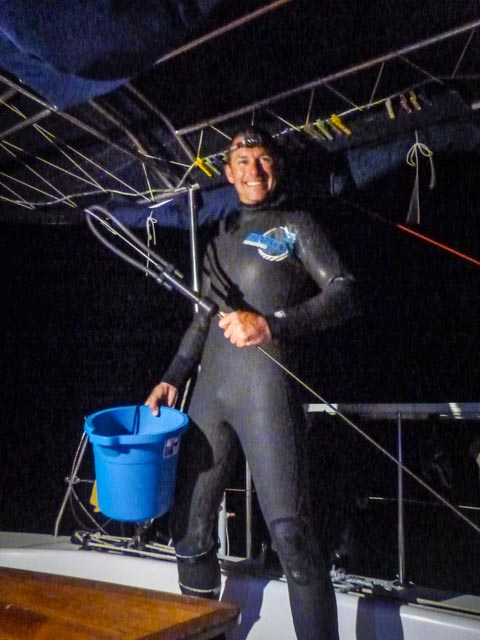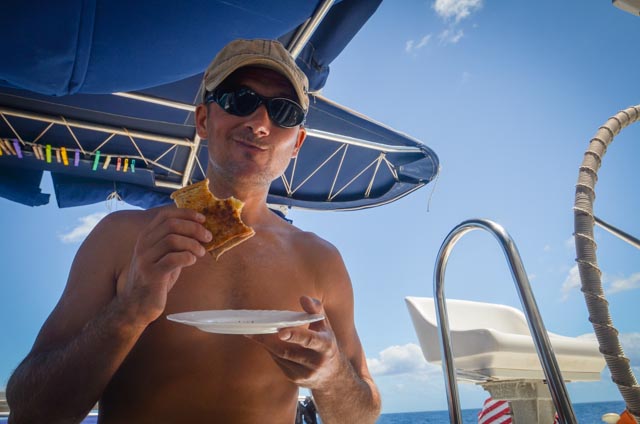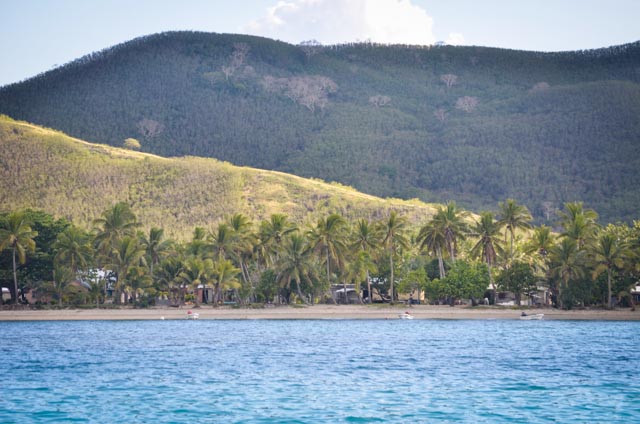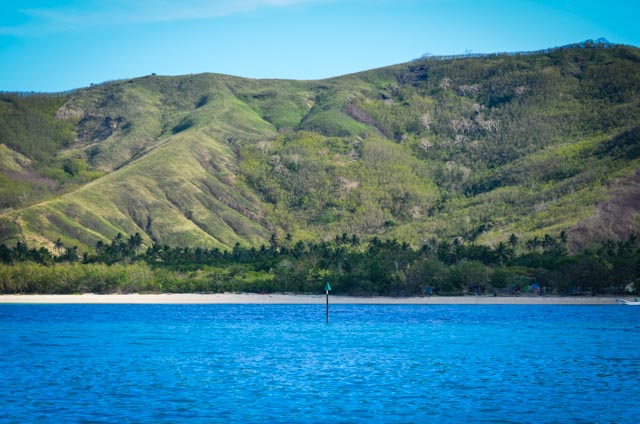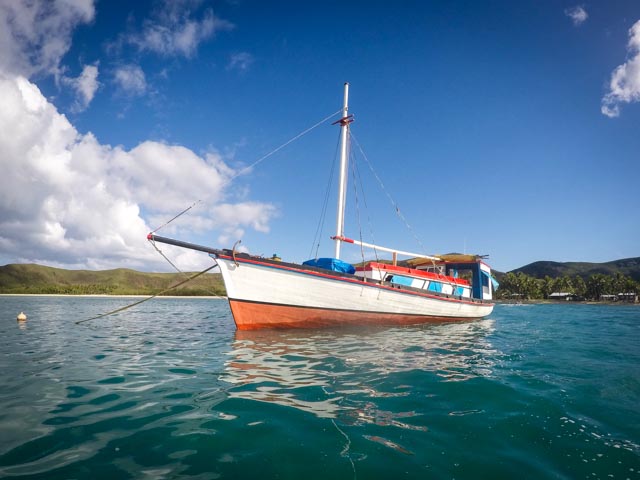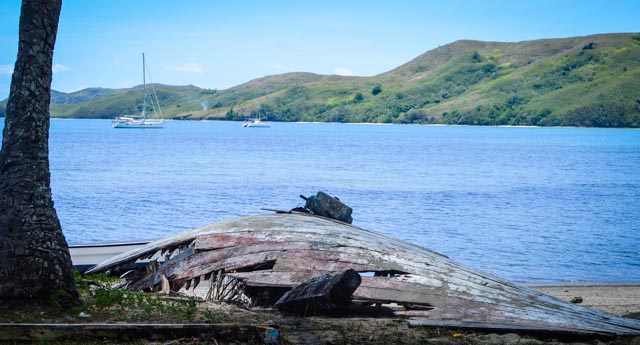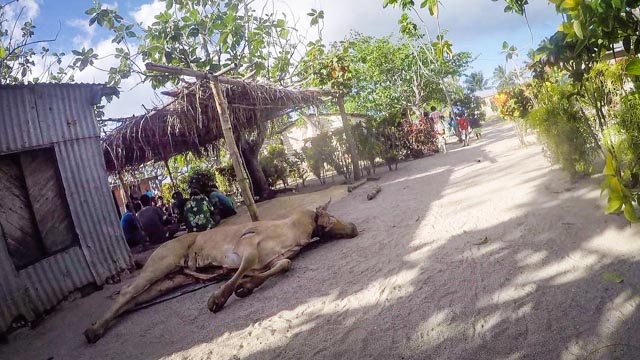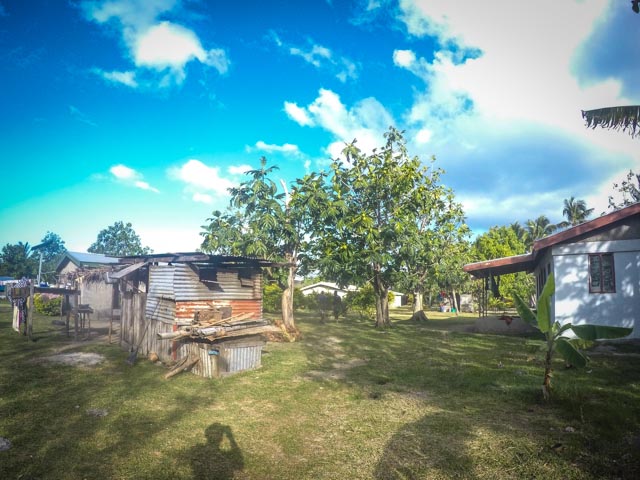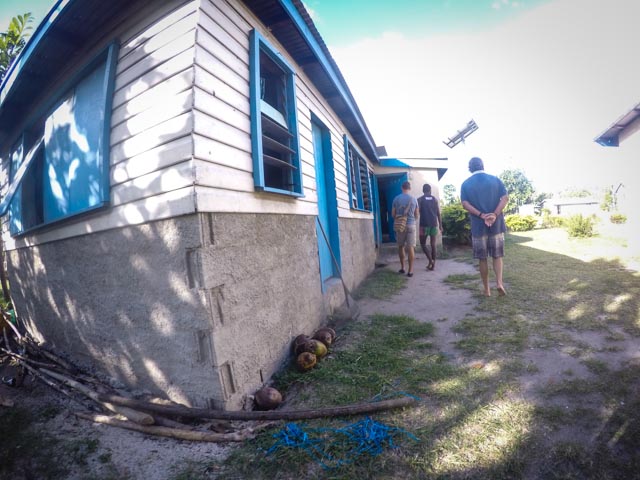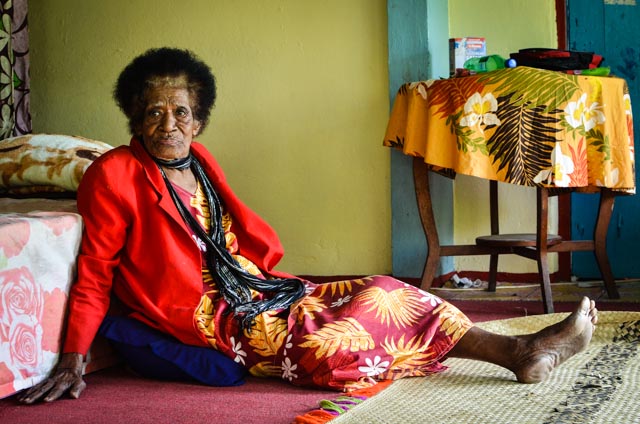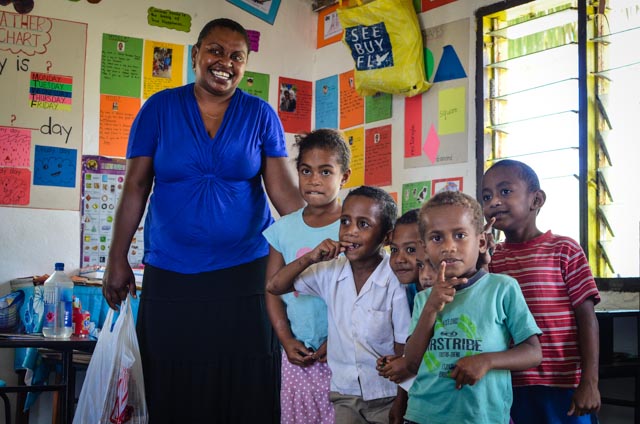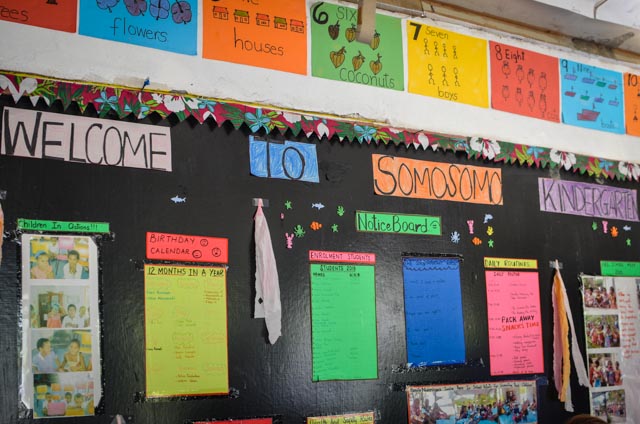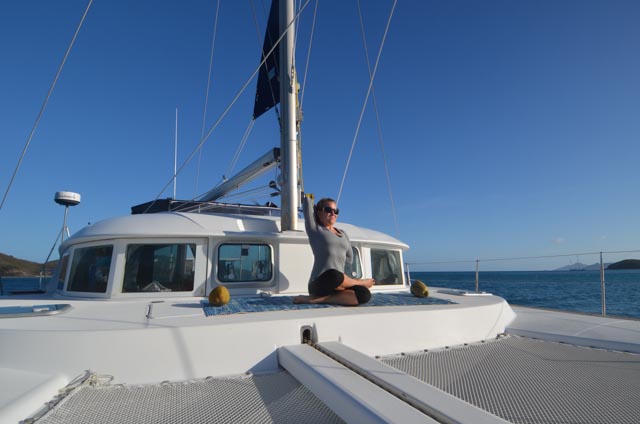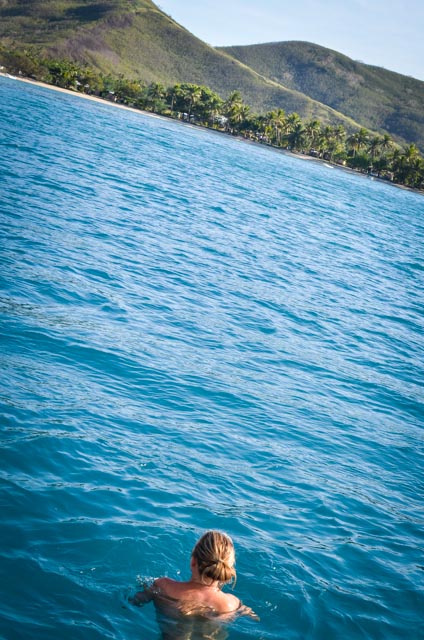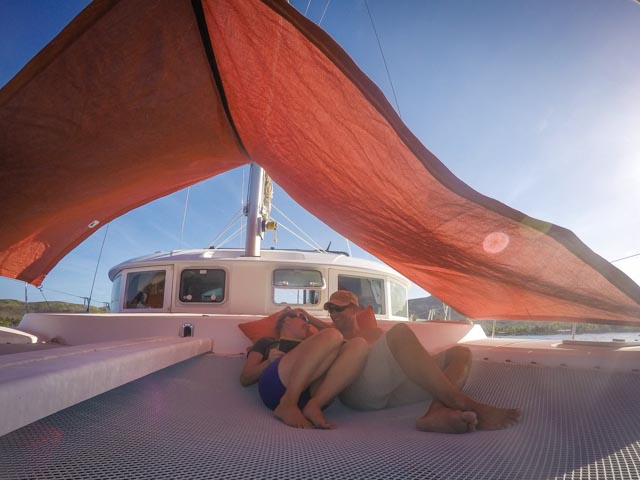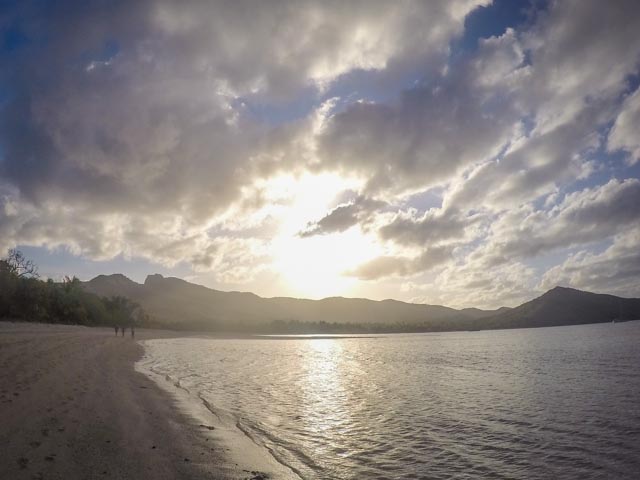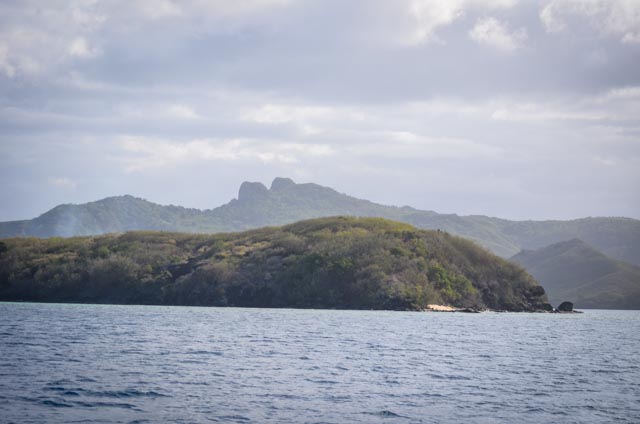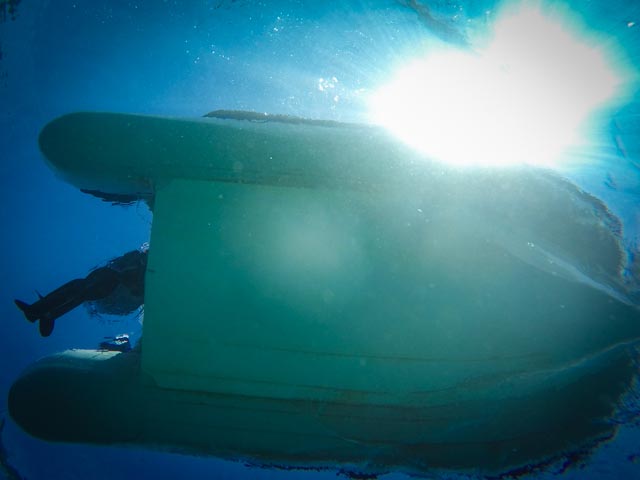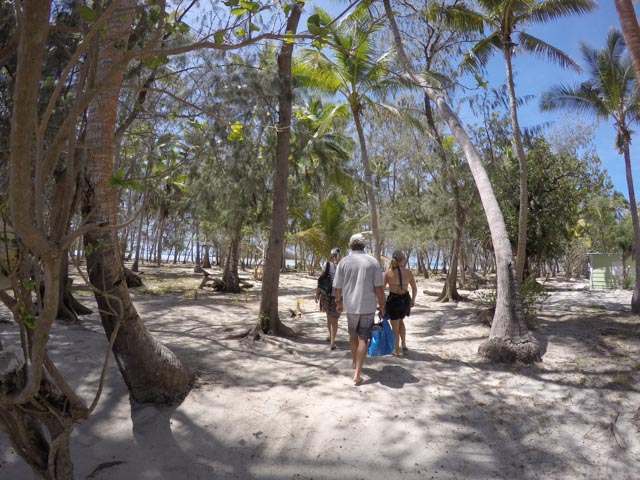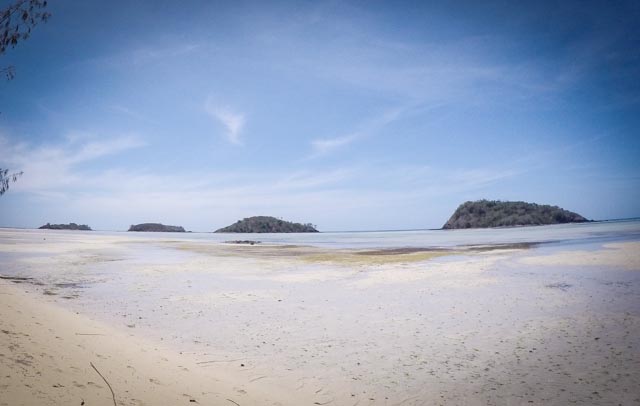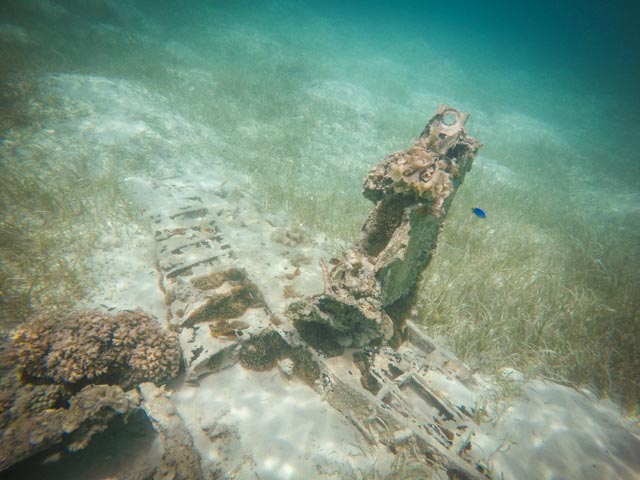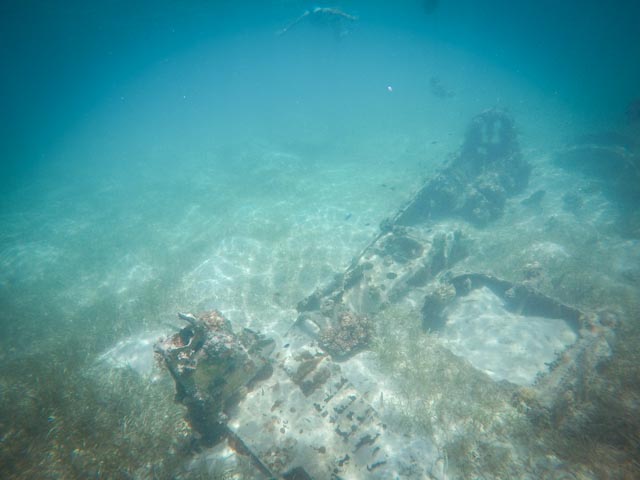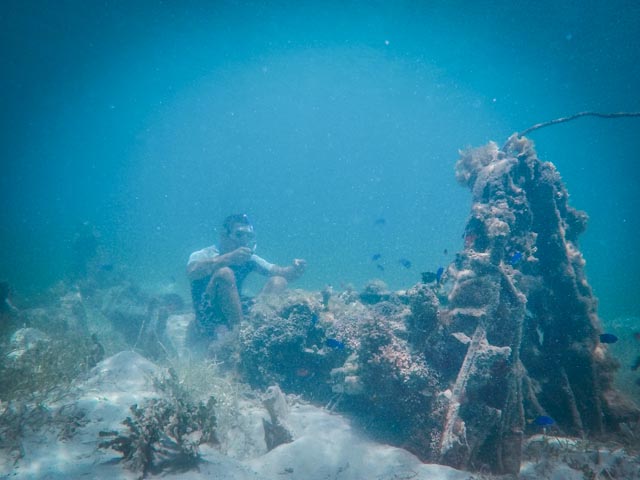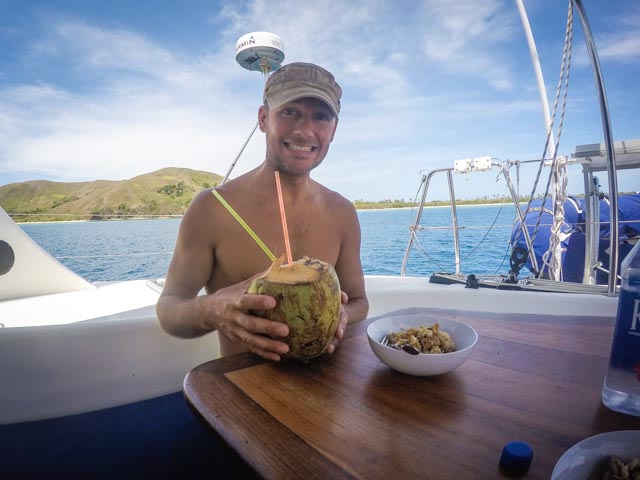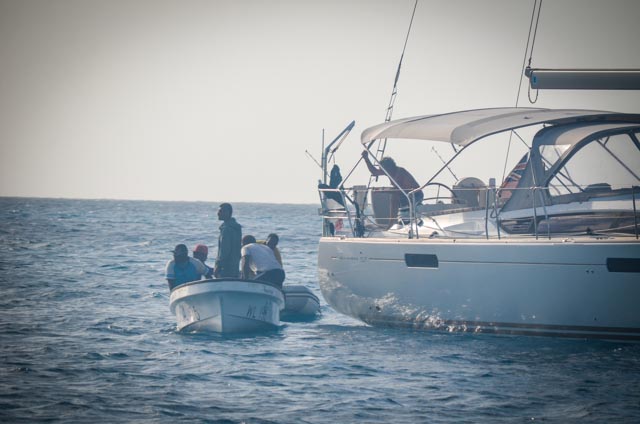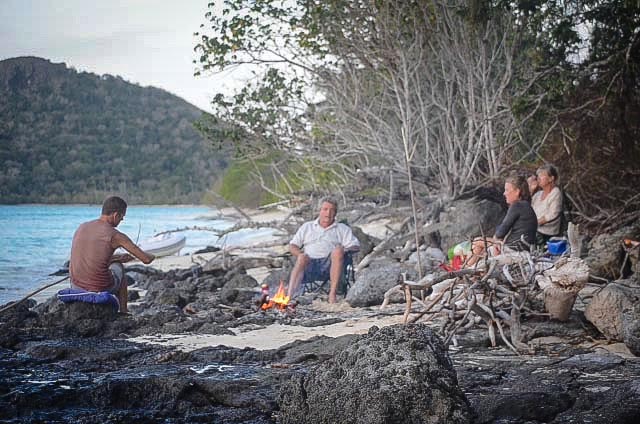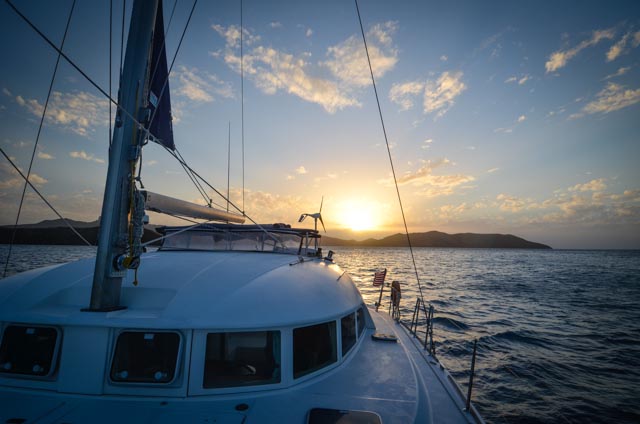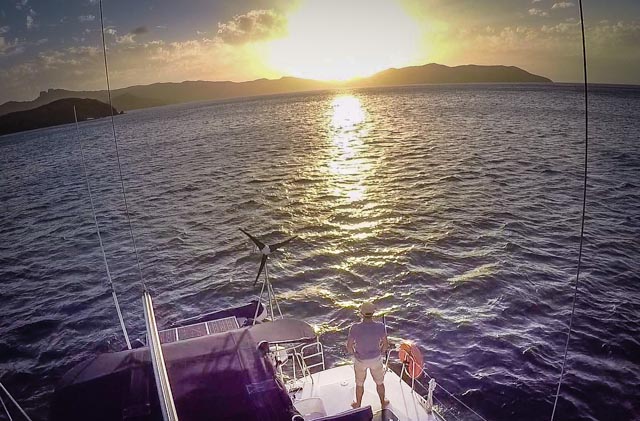Author: Pete
Location: Sawa-I-Lau and Vomo, Yasawas, Fiji
Despite the overcast we were happy sailing north from the Blue Lagoon. We had been there for about a week, waiting for an ugly spat of weather to clear so having the sails out an moving felt great. Even caught a Bluefin Trevally on the way!
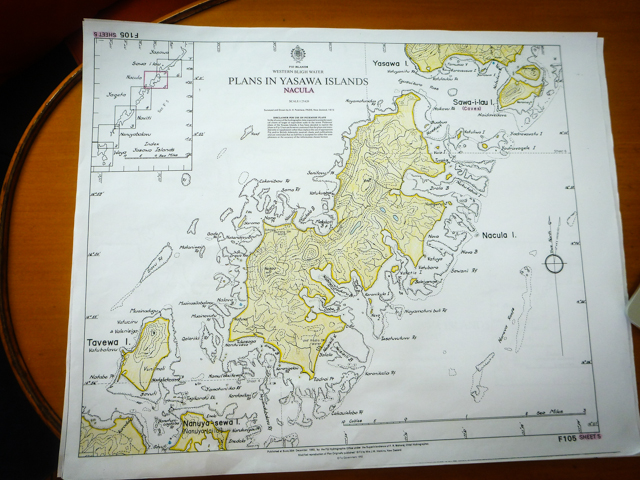
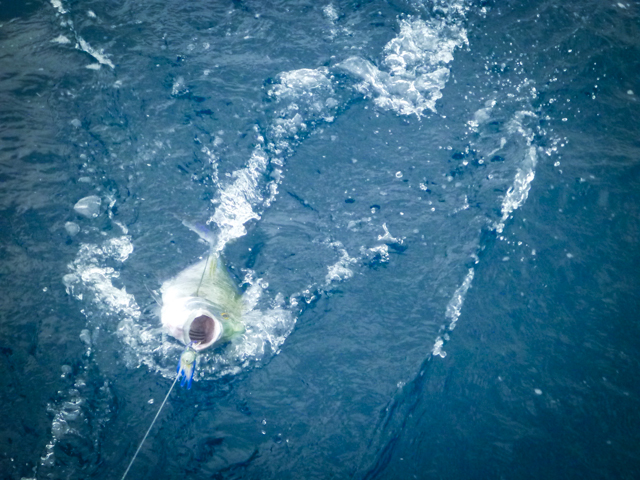
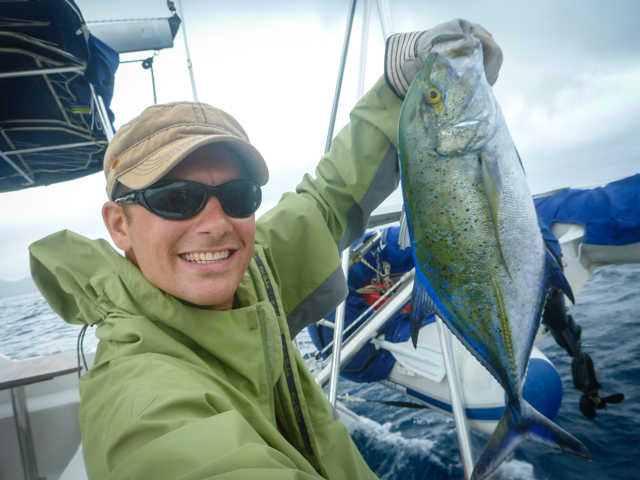
Sawa-I-Lau is a high, limestone island in a cove just south of Yasawa Island, the northernmost of the island chain. We pulled in, made friends with the locals in the village, and set about finding the treasure hidden on the island…
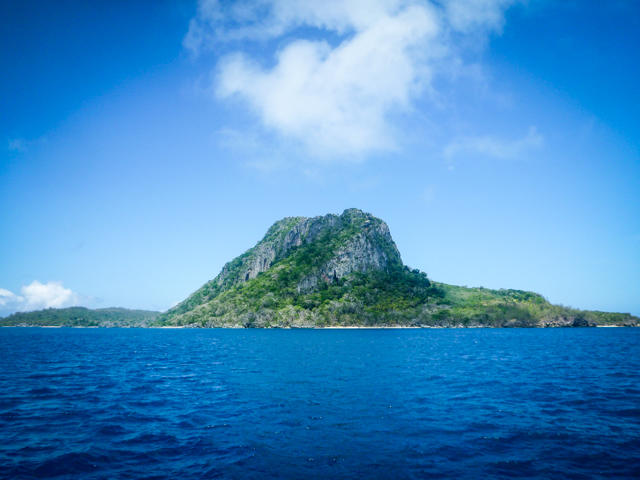

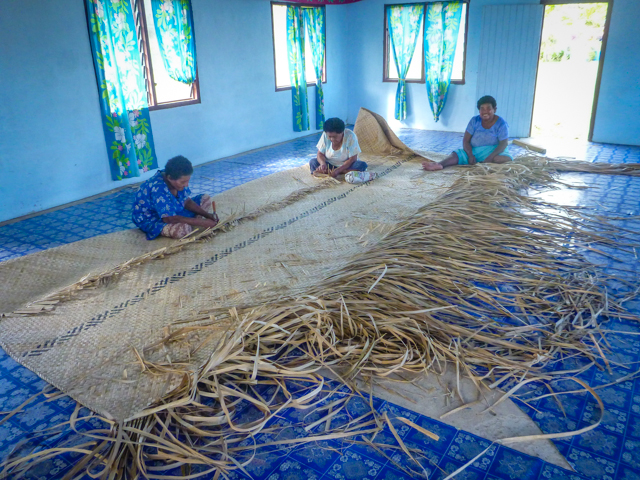
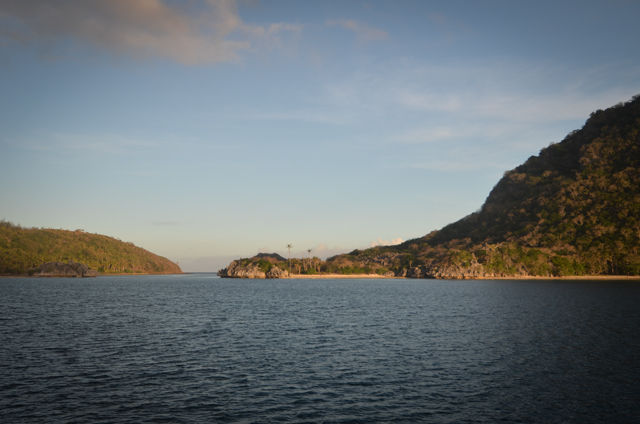
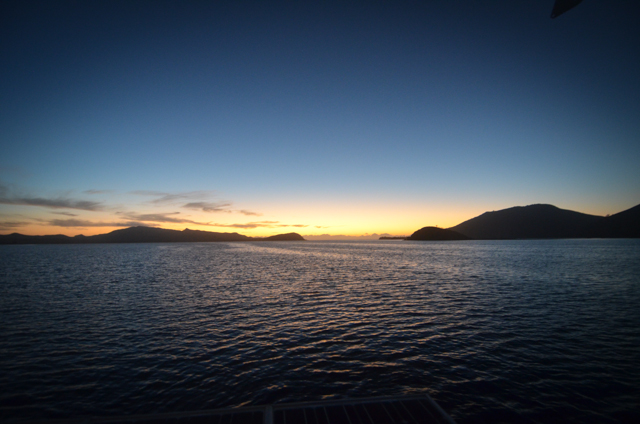
The island is renowned for its caves. A set of cracking cement stairs have been built into the rock up from the beach to the cavern entrance. The first cavernous room has an open cathedral ceiling with the sun pouring in, lighting up the clear water. A few fat eels basked in the glow and made us a touch hesitant to jump right in. At the far end of the grotto, a few feet below the water gaped an huge swim-through to another cave. Armed with goggles and fins, along with a memorized map of the cave system courtesy of our friends on another boat, Family Circus, we ducked under the water and swam into the black. Since there was much natural light in the first cavern our underwater torches did little initially to punch through the black, but our eyes adjusted rapidly and the inverted image of the next room could be seen in the reflection of the placid water.
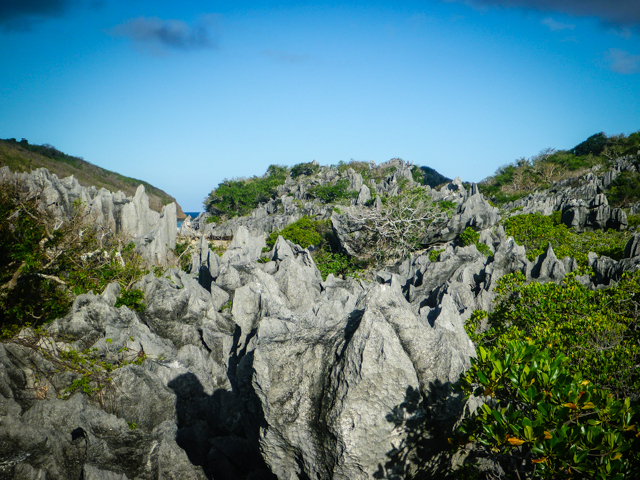
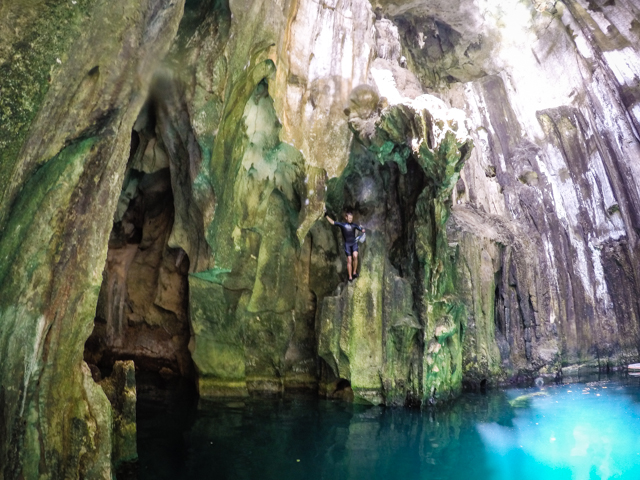
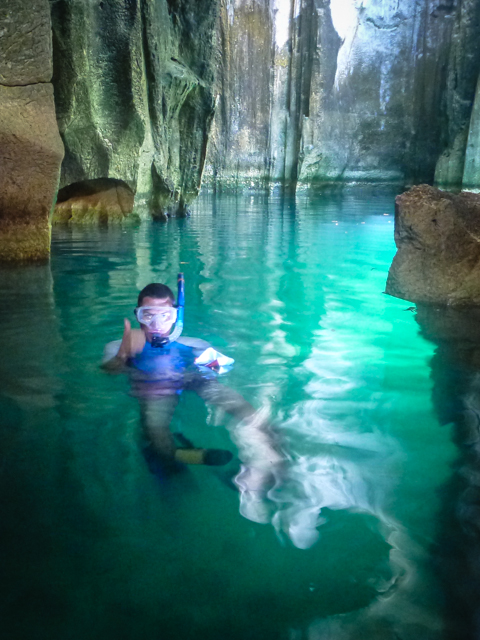
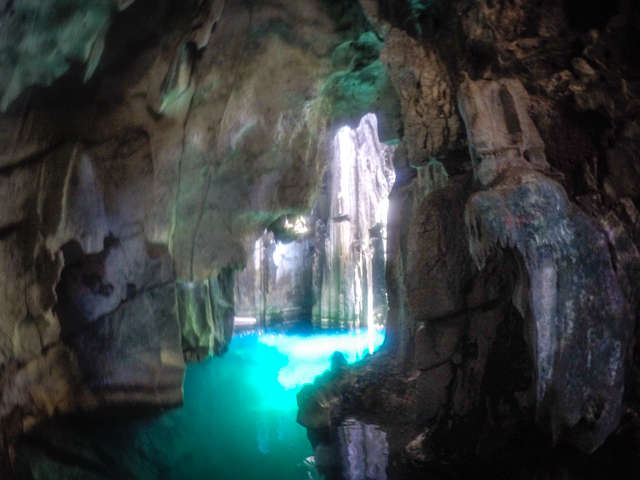
It was a short, easy swim-through and then we explored the next cavern in the green glow from the light oozing in through the underwater passage. The cave is oddly shaped, but there’s no place to get lost. The sheer walls are brown limestone that blazes brightly under a torch, even below water. The bottom is black rock, so even though it’s only ten feet down in places, the light beam appears to be swallowed by the abyss. In some places you could swim down and see the bottom. A dive in other spots revealed no bottom at all. The last room could only be accessed by a fairly long, underwater swim. The passage through was hidden in the corner of the second chamber about six feet below the water surface. It was mostly straight, about eight feet wide, then came to a quick turn at the end. No dead ends, no spurs off to get lost in, and smooth rock walls. After the initial paralyzing fear of swimming into a black tunnel underwater, the passage was really beautiful, like flying at the top of a cathedral, albeit with eels popping up here and there. It’s okay, they’re friendly, but it reaffirms Miranda’s hold as most courageous person I know. The third cavern is completely cut off from outside light. The place echoed like thunder when we popped up and cleared our snorkels. It was even difficult to talk because of the reverberation. The place was fantastical, with drippy salt stalactites and strangely organic architecture. We braved the pathways into darkness again the next day just to be back in the middle of an aquatic Dr. Seuss illustration.
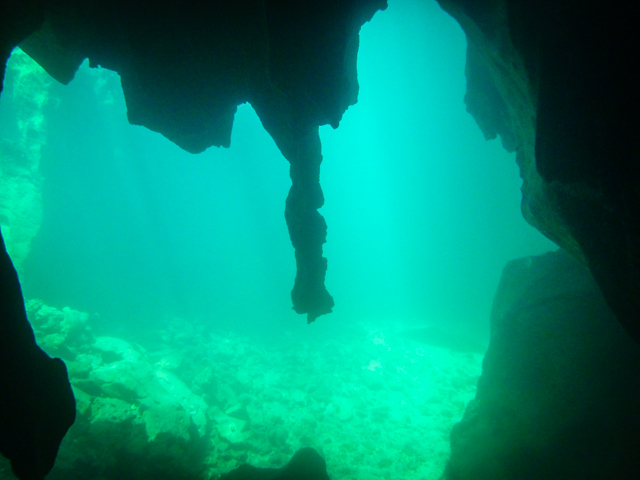

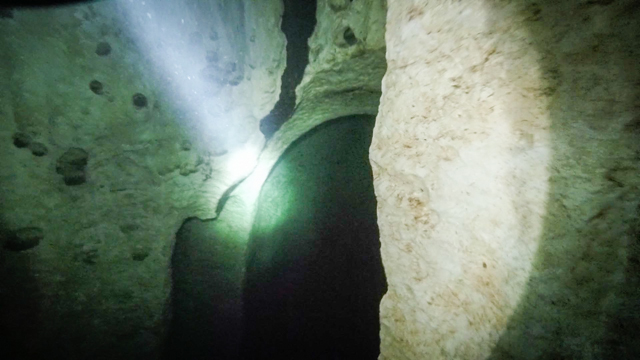
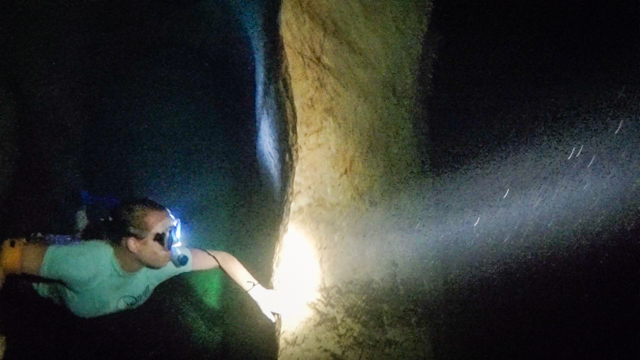
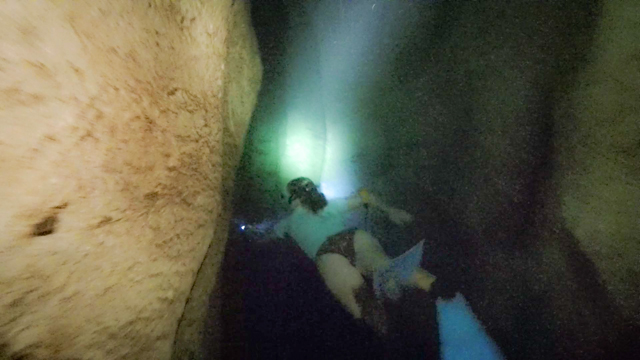
Stars filled the clear skies for a few calm nights, one of which we made a bonfire on the beach. Nice to have a little connection to the terrestrial, to come back to the boat smoky and sandy. It’s amazing how many consecutive days we go without touching land even though we’re island hopping.

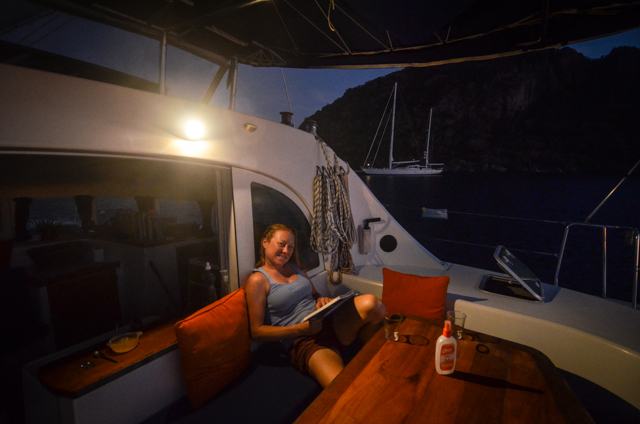
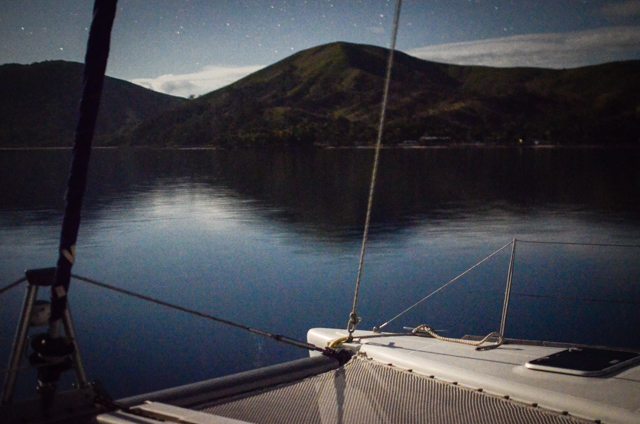
Tucked in a coral minefield between the Yasawas and Viti Levu is Vomo Island. As we sailed east, the island’s protective reef could be seen shining bright yellow in the sun. We weaseled our way in and dropped anchor in twenty feet of glittering sand. We didn’t know anything about the place before we showed up and some exploring revealed incredible underwater topography.
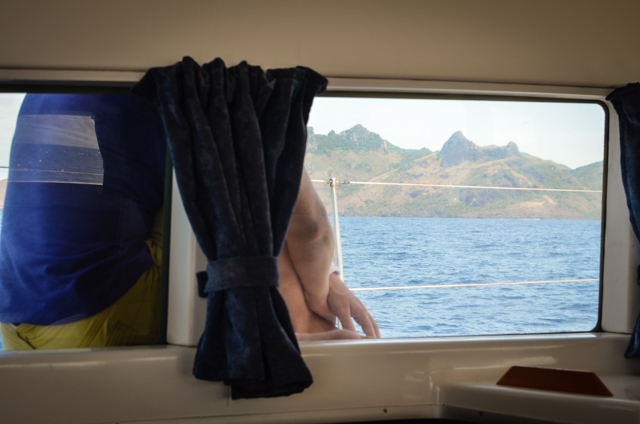
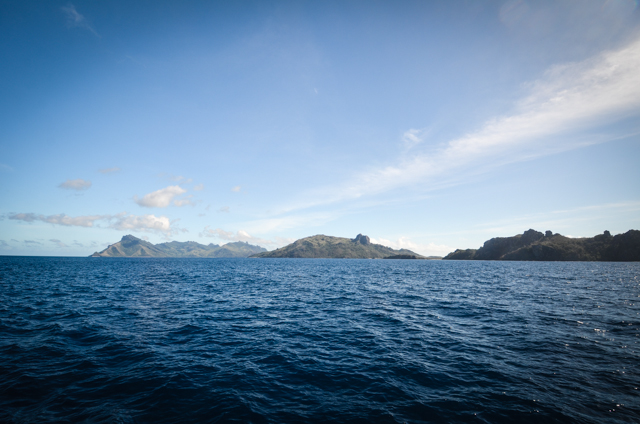
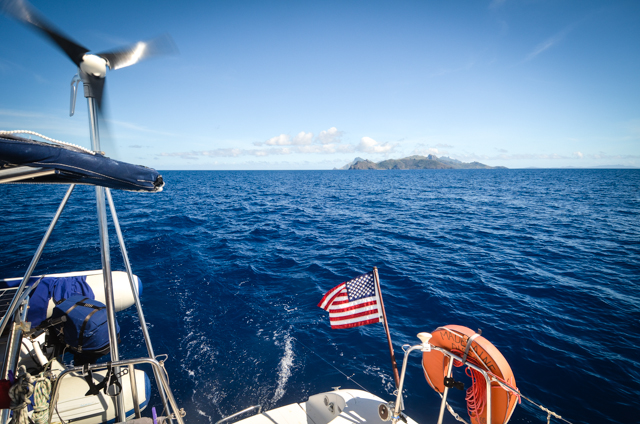
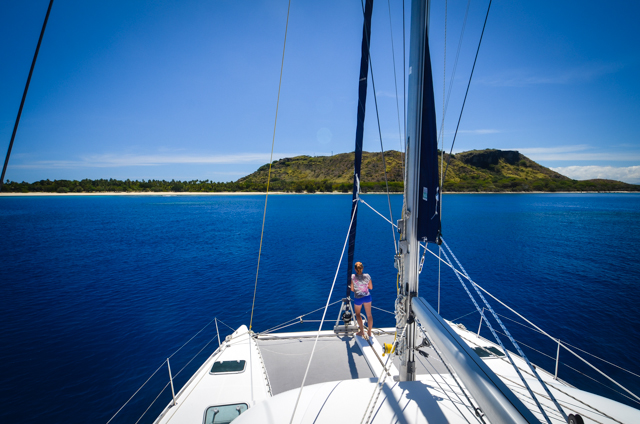
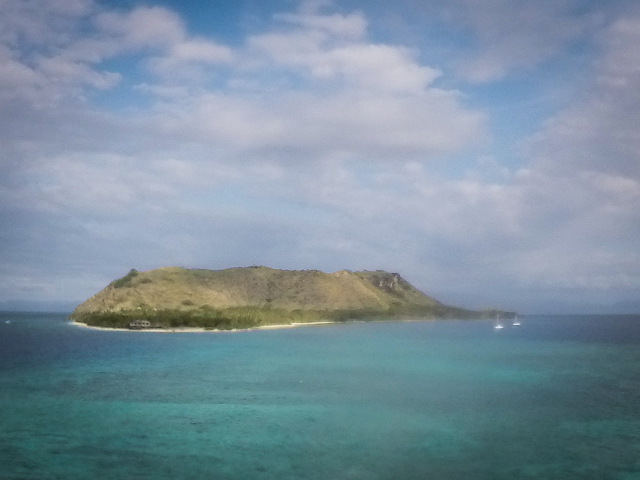
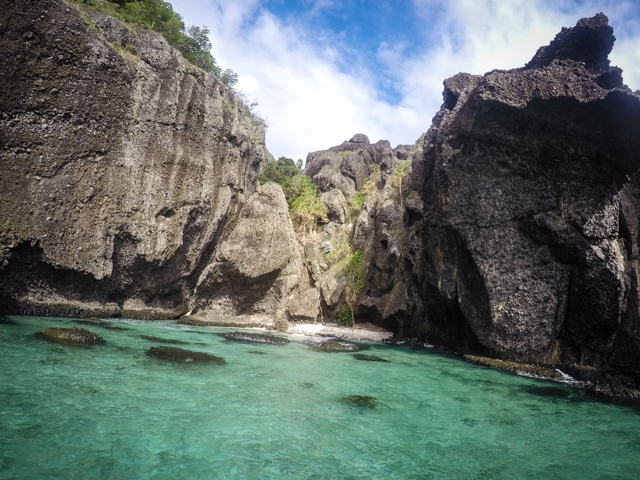
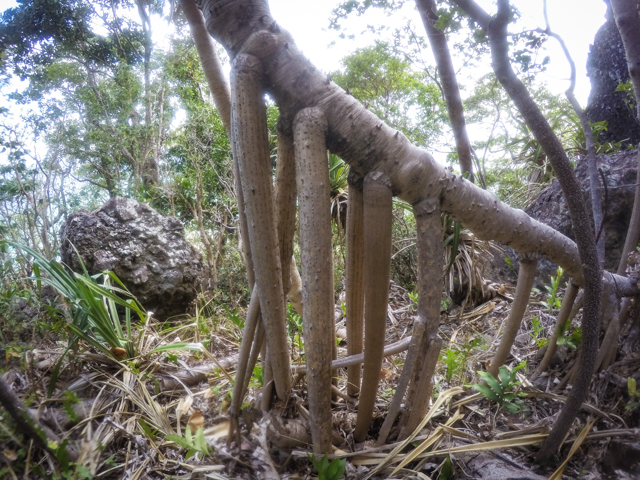
The coral reefs were chest deep at the top and sixty feet deep one step away. The vertical wall drew big and small fish alike and soft corals waved. The water in the south here seems clearer than north in the Yasawas. It made our deep free dives even more spectacular. There’s a diver in the last two shots here. Can you find them?
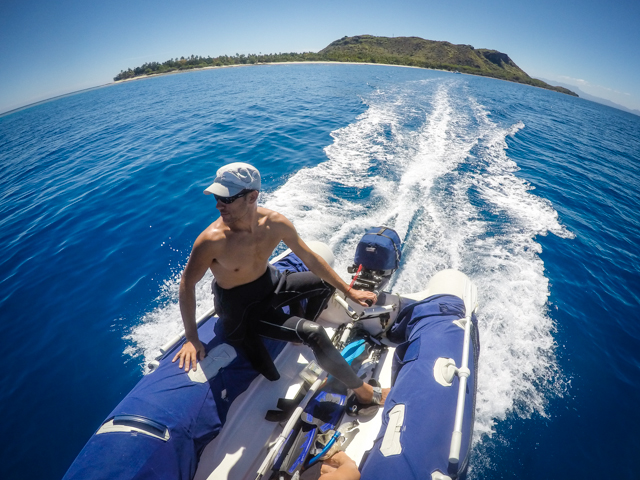
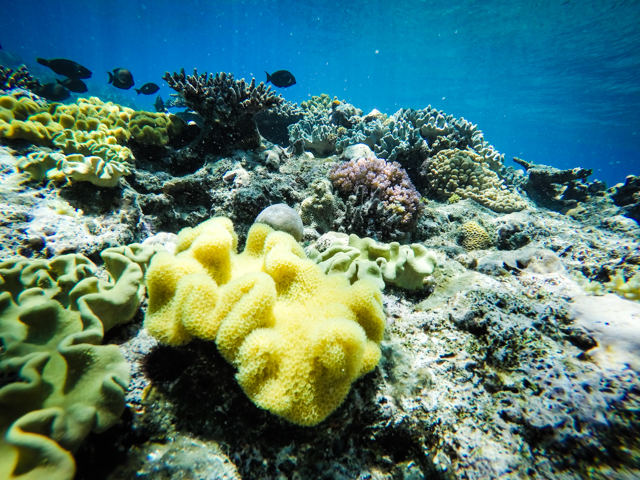
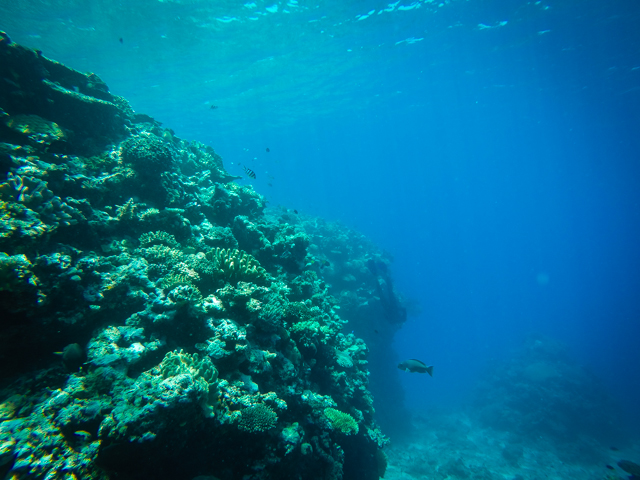

Then it was back to Viti Levu to prep, provision, and wait for a weather window to sail south to New Zealand! Back to the high seas!
